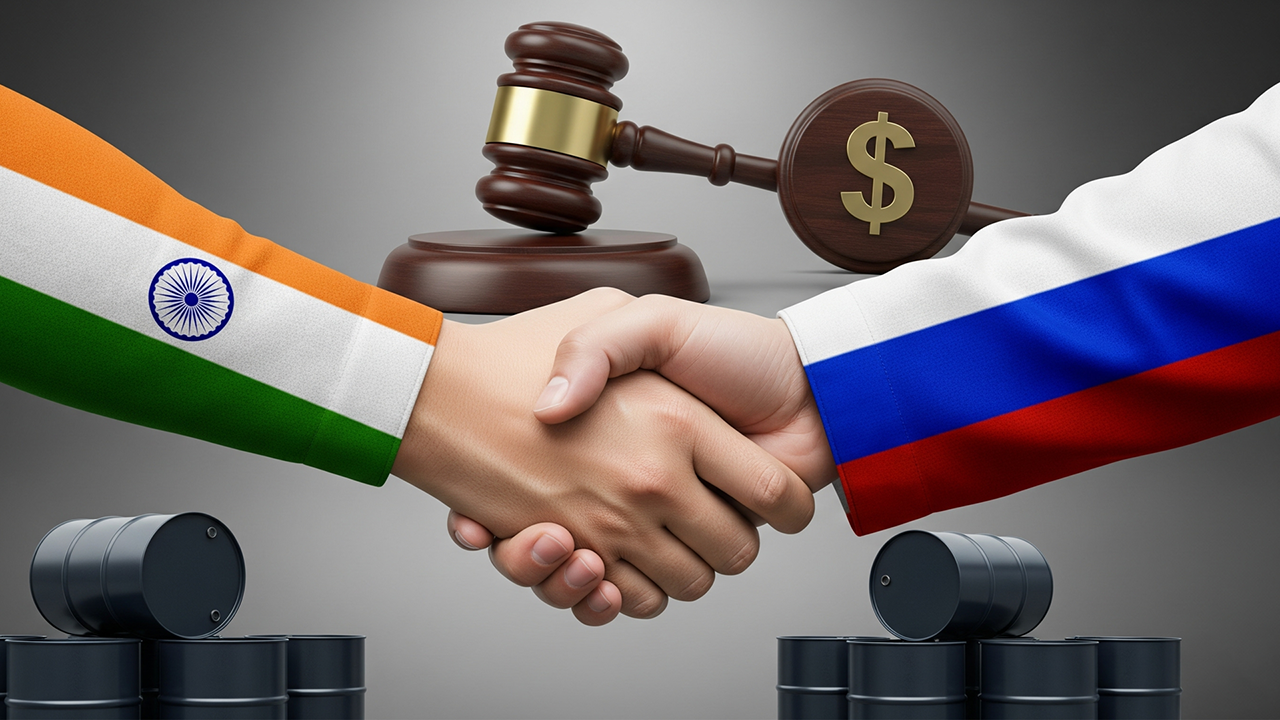
From Lifeline to Liability? India’s Russian Oil Bet Under Pressure
Discounted crude kept prices low in New Delhi—but Trump’s tariff threat raises new risks
As the Ukraine war reshaped global energy flows, India found itself at the centre of a geopolitical storm. Russian oil, once a fringe source, has become India’s lifeline—cheaper barrels that helped tame inflation, power refineries, and even boost exports. But what started as economic pragmatism has now drawn sharp fire from Washington.
Earlier this month, US President Donald Trump slapped an additional 25 per cent tariff on Indian goods, accusing New Delhi of “fuelling the war machine” by continuing to buy Russian crude. He warned of further penalties. India, however, has dismissed the charges as “unjustified and unreasonable,” stressing that Russian oil purchases are driven by necessity, not politics.
Officials at India’s public sector refiners echo that stance. For New Delhi, the bottom line is clear: energy security trumps geopolitics. Arvinder Singh Sahney, chairman of Indian Oil Corporation (IOC), emphasized this fact, “We are continuing with our crude procurement strategy based on economics. It was and continues to be a commercial exercise. Even today, there is no sanction on Russian crude…there is only a price cap, and till we honour the price cap, there is no violation by Indian refiners. We have been honouring the price cap, and there is no change in our strategy.” Hindustan Petroleum and Bharat Petroleum executives also reinforced the same point: Russian oil remains in the mix as long as it is economical.
Indeed, the recent slowdown in imports from Moscow has less to do with politics and more to do with shrinking discounts. In 2022–23, Russian barrels were available at $25–30 below Brent crude, allowing India to save an estimated $13 billion over two years. By mid-2024, however, discounts had narrowed to just $1.5 per barrel, reducing Russia’s price advantage. As a result, refiners tapped supplies from West Africa, Latin America, and even the US.
Still, Russia remains India’s top supplier. From less than 2 per cent before the war, its share surged to nearly 40 per cent by 2023. In June 2024 alone, Russia accounted for 43 per cent of India’s imports—more than Saudi Arabia, Iraq, and the UAE combined.
Payments, too, required innovation. With dollar transactions risky under Western sanctions, Indian refiners shifted to UAE-dirham settlements routed through Emirati traders. Attempts to set up a rupee-rouble mechanism failed, but the workaround has kept flows steady.
But as Russian discounts shrink and US pressure intensifies, India’s oil diplomacy faces fresh stress. The balancing act that once saved billions may soon test how far pragmatism can go in the face of power politics.
